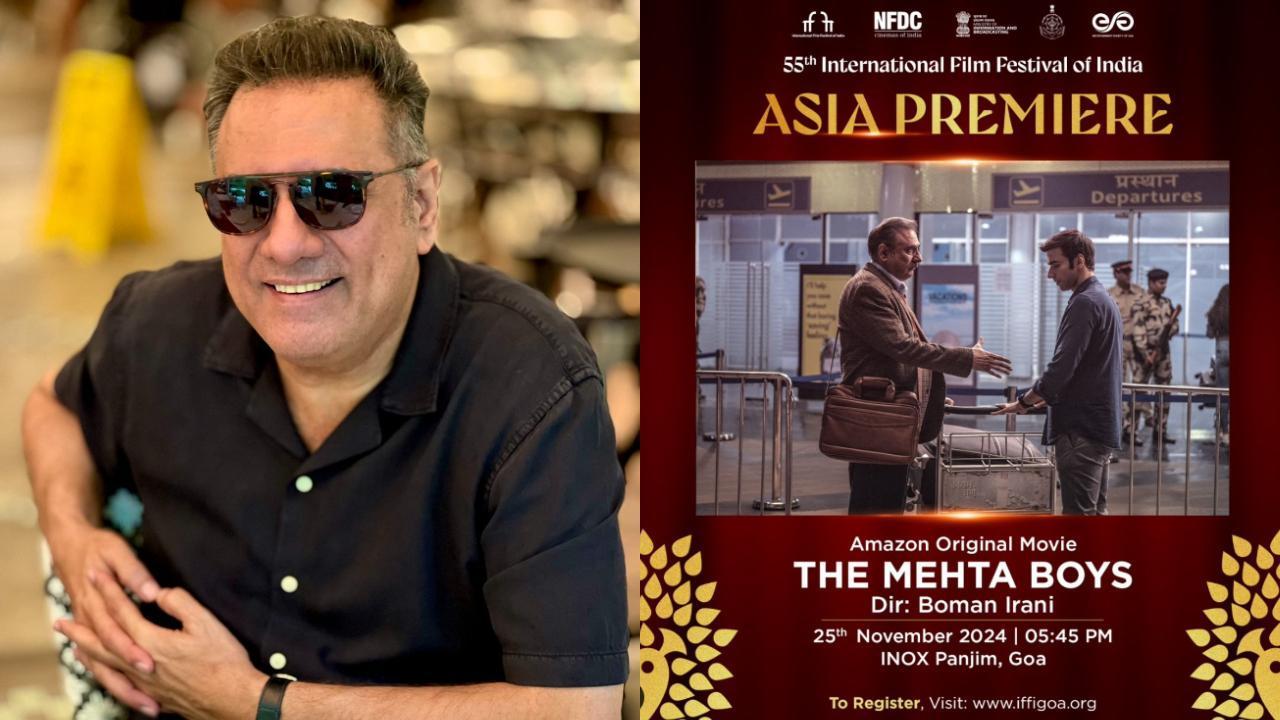
The landscape of movie reviews, particularly those emerging rapidly on social media, could be on the cusp of change following a recent development in the Kerala High Court. An appointed amicus curiae has put forth a proposal that may alter the timing and nature of film critiques circulating on platforms frequented by vloggers and cinemaphiles alike.
Notably, the amicus curiae suggested that certain restraints be placed on social media users who rush to publish their opinions on newly released films. The recommended duration for this restraint is a window of 48 hours post-release. This suggestion aims to mitigate the immediate influence that such reviews can have on the general public’s opportunity to formulate independent assessments of cinematic works.
Emphasizing the potential benefits of a short moratorium on reviews, the amicus curiae, Shyam Padman, underscored that refraining from premature analysis would provide the audience the space to view and perceive films through an untainted lens. This recommendation came as a part of a report submitted to the court, which argued in favor of the audience’s right to an unbiased first impression.
Additionally, the report delved into the ethics of movie reviews, underscoring the responsibility that comes with the wide-reaching influence of social media. It called upon vloggers to exercise discretion in discussing plot details, advocating a responsible approach that avoids revealing major spoilers during the critical initial post-release period.
This proposal has its roots in a writ petition spearheaded by Mubeen Rauf, a Malayalam film director, along with the Kerala Film Producers Association. They have been vocal in their concerns regarding the impact of negative social media reviews on the success and integrity of films. The amicus curiae’s report reflects this perspective, suggesting a framework to curtail the premature dissemination of potentially biasing opinions.
The practical aspects of regulating such online activity were also a part of the discussion. The report proposed establishing guidelines that would direct how film reviews should be conducted on social media. These guidelines would promote constructive criticism and discourage vloggers from resorting to disrespectful language, personal attacks, or derogatory comments. Indeed, the aim is to engender a culture of critique that is both ethical and constructive, encouraging reviewers to reflect on the implications of their words.
Moreover, the growing phenomenon of ‘review bombing’ — where a collective effort is made to bring down a film’s ratings through a flood of negative reviews — was acknowledged as a significant problem. To address this, the report suggested the creation of a dedicated portal within cyber cells that could serve as a channel for receiving and addressing complaints related to such maligning campaigns.
Rising to prominence in this discussion is the potential tension between the freedom of expression and the protection of artistic works within the digital space. The recommendations in the report hint at an attempt to strike a balance that respects the filmmakers’ labor while upholding the societal value accorded to impartial criticism.
Yet, the implementation of such recommendations raises questions of feasibility and enforcement in an online world often marked by its borderless and instantaneous nature. This development has ignited a conversation around the impact of social media on the film industry and the responsibilities that come with the power to influence public opinion.
As this proposal awaits the High Court’s consideration, the outcome could set a precedent with far-reaching implications for film criticism, the protection of artistic endeavors, and the balance of free speech in the digital age. The court’s decision in response to the amicus curiae’s report will be closely monitored by those within the legal, social media, and entertainment circles, given its potential to redefine the intersection where law meets art in the era of the internet.










